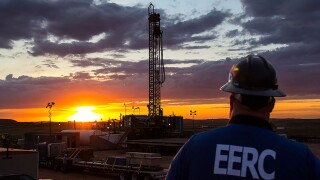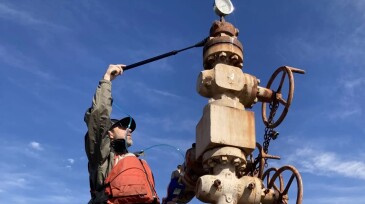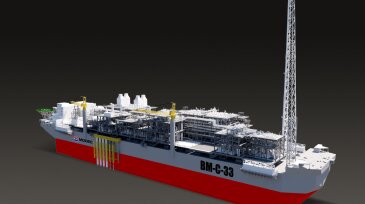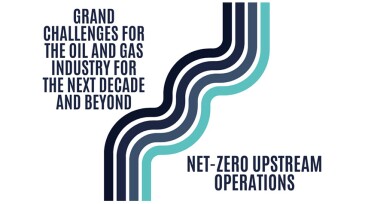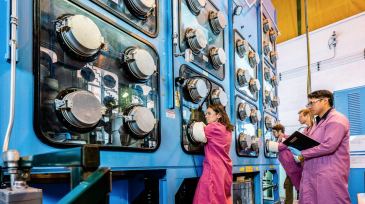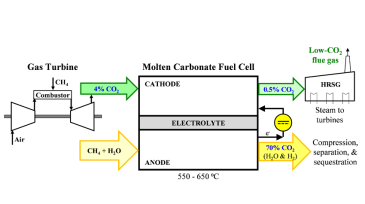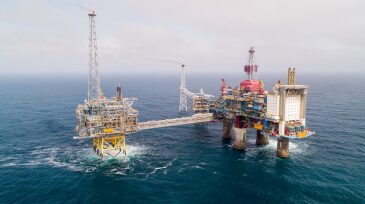Decarbonization
Regulators pull from experiences in the oil and gas industry to define best stewardship practices for the nascent CCS industry.
EERC CEO Charles Gorecki outlines how applied research in North Dakota is helping improve oil recovery, reduce emissions, and advance carbon storage.
This article is the fifth in a Q&A series from the SPE Research and Development Technical Section focusing on emerging energy technologies. In this edition, Shantanu Agarwal, founder and CEO of Mati Carbon, discusses how the company’s approach to carbon removal led to winning the Musk Foundation’s XPRIZE in 2025.
-
Companies are rushing to inject carbon into Louisiana’s ground, but will thousands of abandoned wells allow it to escape?
-
At the 2024 Offshore Technology Conference, industry giants like ExxonMobil, Equinor, and Petrobras offered a look at the future of low-carbon floating production, storage, and offloading units.
-
The inaugural SPE Workshop on CCUS Management in China was held in April in Qingdao. The workshop highlighted recent advances and technical challenges in CCUS management and attracted 104 attendees representing 19 organizations from eight countries.
-
At COP28, more than 50 oil and gas companies took a historic step toward decarbonization by launching the Oil & Gas Decarbonization Charter. This article explores the importance of this effort, the opportunities available to the industry to reduce its Scope 1 and 2 emissions, and the key technologies needed to achieve the net-zero goal.
-
To meet the objective of balancing economic prosperity, energy security, and environmental protection, a natural gas gasification process within a downhole completion tool is proposed that converts methane wells into hydrogen production wells, while simultaneously capturing the process-generated carbon downhole and reinjecting the carbon dioxide into the surrounding g…
-
If optimized to scale, fast fission reactors could play a role in reducing emissions in field operations by producing carbon-free electricity.
-
The updated joint development agreement allows the companies to carve out new markets while they complete pilot testing at a demonstration plant in the Netherlands.
-
The project will implement two distinct carbon technologies aimed at capturing and storing carbon dioxide. Svante’s CEO Claude Letourneau describes his company’s solid-sorbent technology used in collaboration with Climeworks, one of the awarded companies.
-
Electric conversion of these offshore platforms is expected to cut about 1.2 million tonnes of CO₂ emissions per year.
-
The US supermajor aims to speed the commercialization of a new liquid solvent that strips carbon dioxide from industrial flue gas.


